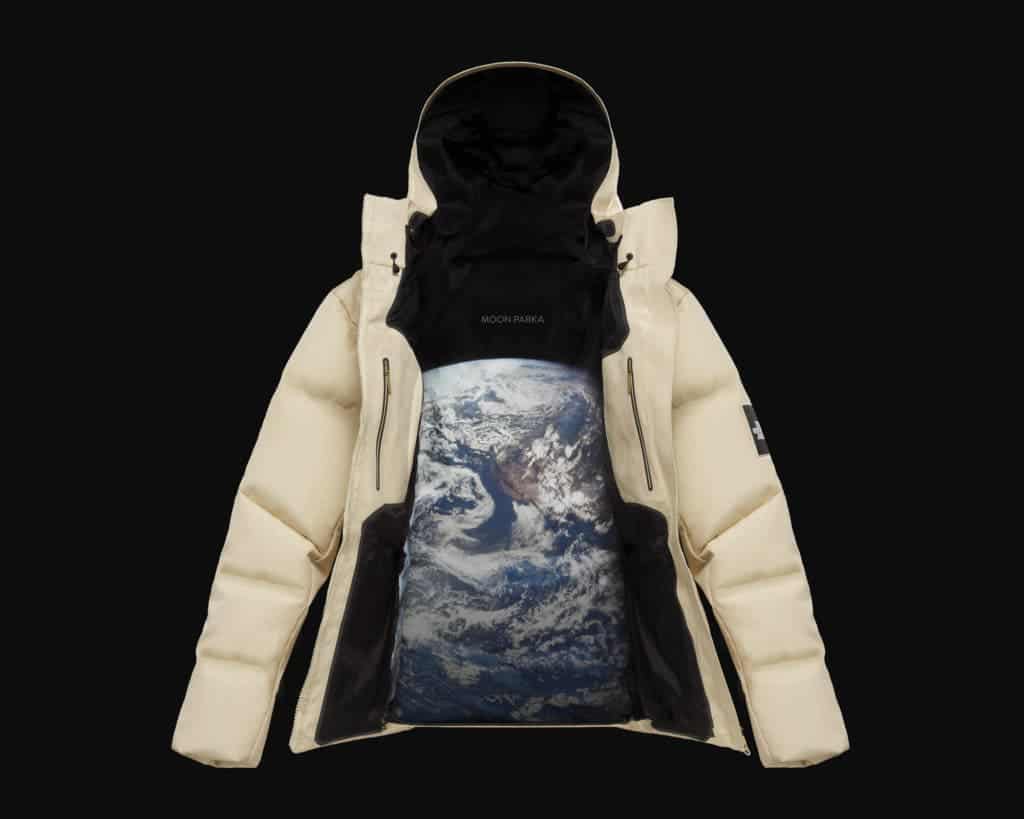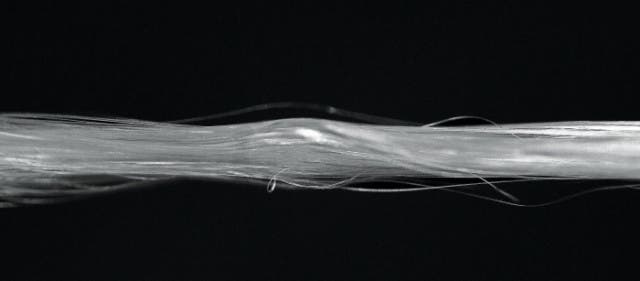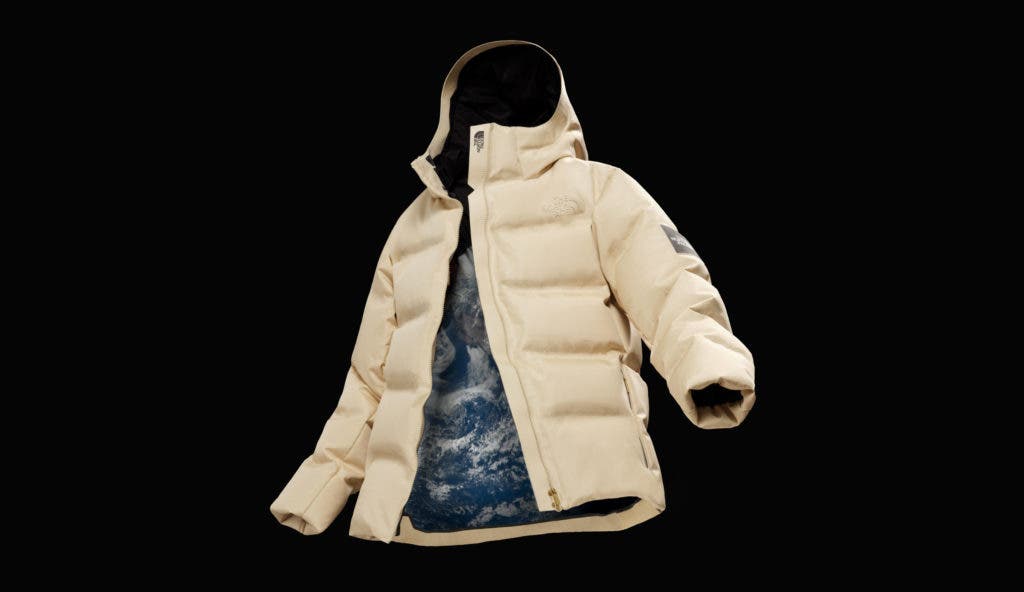In the future, synthetic biology is poised to change not only the way we treat diseases or handle waste but also the way we dress. Case in point: a Japanese biotech company just announced the world’s first jacket made with spider silk sourced from genetically modified bacteria.

Although seemingly fragile, spider silk is one of the toughest materials in nature. Pound per pound protein fiber is five times stronger than steel, three times tougher than Kevlar, and lighter than carbon fiber — with such amazing properties, it’s no wonder why so many are interested in commercializing it.
These extraordinary properties of spider silk have long been recognized. In 1709, the Sun King, Louis XIV, was offered as a gift a pair of silvery spider-silk stockings, woven from hundreds of painstakingly collected egg sacs. A year later, in a letter to Britain’s Royal Society praising spider silk, the gift bearer, François Xavier Bon, wrote: “The only difficulty now lies in procuring a sufficient quantity of Spiders Bags to make any considerable work of it.”
Spiber, a Japanese biotech company, is betting a lot of resources on spider silk. But instead of farming spider eggs, the company is growing it sustainably using bacteria.

As a demonstration, Spiber teamed up with The North Face Japan to design a spider silk-based ski jacket called Moon Parka.
Moon Parka is waterproof, breathable, and very warm. The jacket’s designers say that the performance biomaterials might one day become incorporated into astronaut clothing living on a moon base.

Besides its extraordinary properties, the spider silk jacket is a great example of “growing materials”, a novel manufacturing method that might soon replace polyester and nylon. Unlike these petroleum-based products, spider silk is sustainable because it is grown by bacteria that are genetically modified to produce the silk protein. For food, the bacteria uses sugar from agricultural waste products. Towards the end of the production line, the proteins are purified, spun into threads, and finally woven into fabrics.
Moon Parka will become commercially available for a limited release on December 12, 2019. And there are plans to scale production heavily. Spiber recently announced the construction of a new production facility in Thailand worth $44 million.



